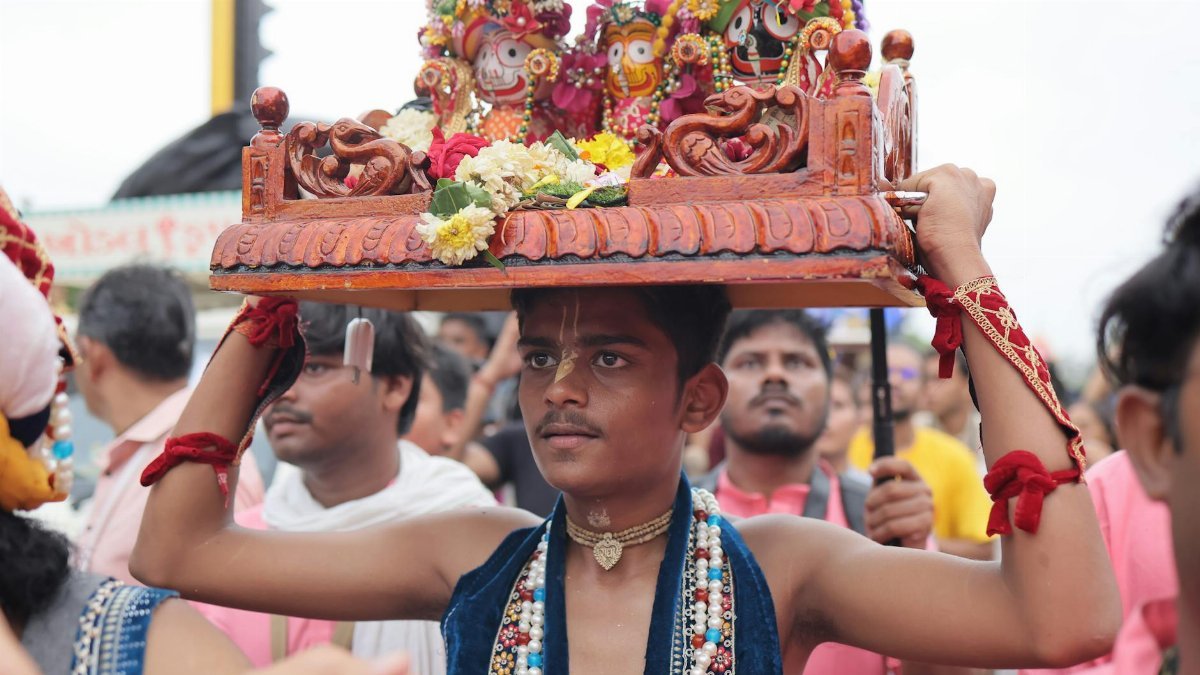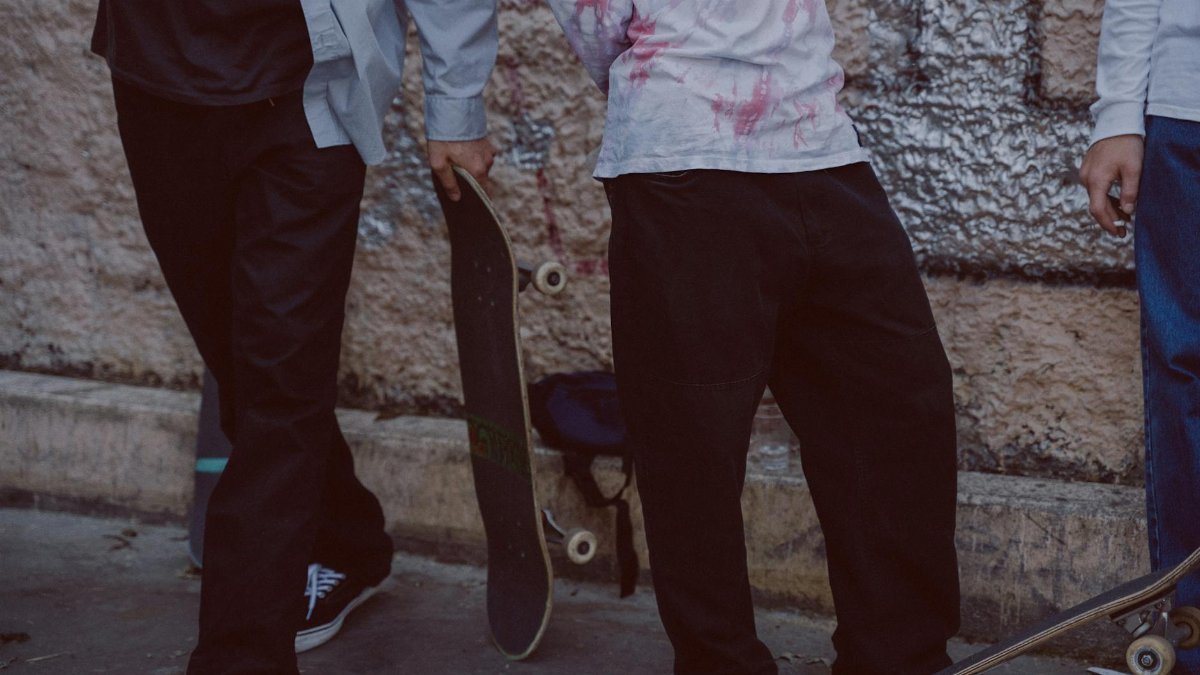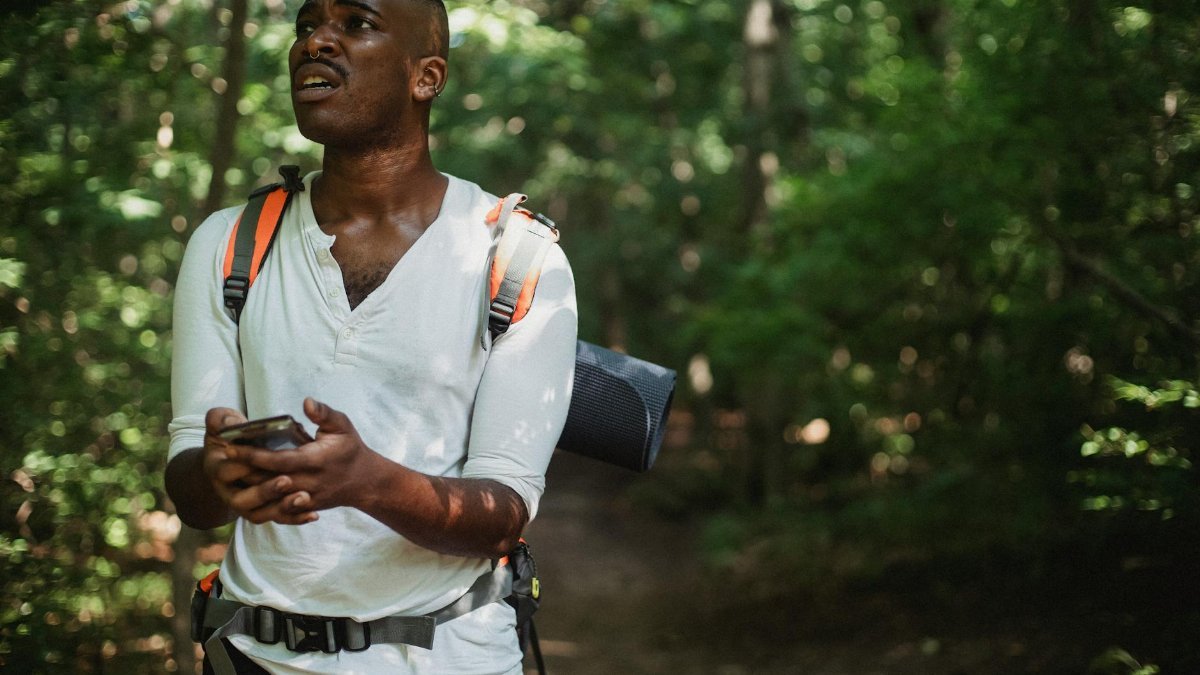Imagine a quiet morning in a suburban park, where a small group gathers not just to walk, but to trace a path with purpose. Their steps are deliberate, guided by an ancient concept reimagined for today: pilgrimage mapping yatras. These aren’t treks to distant holy sites, but intentional journeys through local landscapes—neighborhood trails, city blocks, or rural paths—infused with spiritual or reflective meaning. Across the U.S., a growing number of people are turning ordinary walks into sacred experiences, mapping routes that connect personal stories, cultural histories, or simple moments of mindfulness. This isn’t about physical distance, but depth of intent. As stress and disconnection define much of 2025’s fast-paced life, could this practice offer a grounded way to reconnect? It’s a question worth exploring, as this blend of movement and meaning gains quiet traction.
The Roots of Pilgrimage Mapping Yatras

The idea of a yatra—a journey or pilgrimage in Sanskrit—stretches back centuries, tied to traditions in India where devotees traveled to sacred sites for spiritual renewal. But pilgrimage mapping yatras, as they’re emerging now, adapt this concept to the modern, often secular, world. It’s less about a specific destination and more about crafting a journey with intention, wherever you are. In the U.S., this practice has been shaped by diverse influences, from Native American traditions of walking sacred lands to the meditative labyrinth walks popularized in recent decades. Research from the Pew Research Center shows that over 40% of Americans now identify as spiritual but not religious, often seeking personal rituals outside traditional frameworks. Mapping a local yatra fits this hunger for meaning, blending old ideas with accessible, everyday spaces.
Picture a retiree in Ohio sketching a route through her town’s historic district, each stop tied to a memory or moment of gratitude. Her walk isn’t random; it’s a pilgrimage of personal history. This redefinition of sacred travel doesn’t require a plane ticket or a mountaintop—it starts with a map, a mindset, and a nearby path.
Why Local Walks Matter Now

In 2025, when mental health challenges remain a pressing concern, the act of walking with purpose carries new weight. The Centers for Disease Control and Prevention note that regular physical activity like walking can reduce stress and improve mood, but adding a layer of intention amplifies the effect. Pilgrimage mapping yatras turn a mundane stroll into a ritual, a way to process grief, seek clarity, or simply pause. For many, it’s a counterbalance to the digital overload of modern life—screens off, feet on the ground, mind focused on a chosen theme or question.
One woman, speaking anonymously in a community forum, shared how mapping a short walk near her home became a way to mourn a lost friend. Each corner of her route held a story they’d shared. By the end, she felt a release she hadn’t found in months of scrolling through old photos. It’s this kind of quiet transformation that draws people to the practice, even if they don’t call it by name.
Crafting Your Own Yatra: Where to Start

Beginning a pilgrimage mapping yatra doesn’t demand expertise or elaborate tools. First, choose a location close by—a park, a street, or even a loop around your backyard. The key is familiarity mixed with fresh perspective. Decide on a purpose for the walk: reflection on a life change, gratitude for a specific person, or simply openness to whatever thoughts arise. Then, map it out. Some use paper and pen, marking meaningful spots; others rely on apps like Google Maps to save routes with personal notes.
Consider small rituals to anchor the experience. One person might carry a stone to leave at a significant point, symbolizing a burden released. Another might pause at each corner to whisper a word of thanks. There’s no rigid formula—only what resonates. The Harvard Medical School highlights how mindful walking boosts mental clarity, and layering in personal meaning can deepen that impact. Start small, maybe a 20-minute loop, and let the practice grow with you.
The Role of Community in Shared Yatras

While many map their yatras solo, others find power in walking together. Community-led pilgrimage mapping yatras are popping up in cities like Portland and Asheville, where groups organize walks tied to local history or collective healing. These aren’t just exercise clubs; they often involve storytelling, shared silence, or group intentions set at the start. A 2023 report from the National Institutes of Health underscores how social connection improves well-being, and shared walks offer a low-pressure way to build those bonds.
Think of a neighborhood group in a Midwestern town, walking a route past old factories, each person sharing a fragment of family history tied to the area. The path becomes a living archive, a way to honor what’s been while stepping forward together. These gatherings remind us that pilgrimage isn’t always solitary—sometimes, it’s a chorus of quiet steps.
Challenges in Mapping Meaningful Paths

Not every attempt at pilgrimage mapping yatras feels profound. Some find it hard to stay focused, distracted by daily worries or the sheer ordinariness of their surroundings. A busy street corner isn’t exactly a Himalayan shrine, after all. Others struggle with defining a clear intention—without it, the walk can feel aimless, just another errand. There’s also the risk of overthinking, turning a simple act into a performance of spirituality rather than a lived experience.
One man described his frustration after several failed attempts: “I kept waiting for some big revelation, but I just felt silly walking in circles.” His honesty points to a common hurdle—expectations can overshadow the process. The antidote might be patience, scaling back to smaller goals. Notice the texture of the sidewalk. Listen for birds. Let meaning emerge rather than forcing it. Over time, even skeptics often find subtle shifts in how they see familiar places.
Technology and Tradition: A Delicate Balance

As pilgrimage mapping yatras evolve, technology plays a mixed role. Apps can help design routes or log reflections, turning a smartphone into a digital journal of sacred walks. Yet, for some, screens detract from the very disconnection they seek. The tension between old-school simplicity and modern tools mirrors broader debates about mindfulness in a tech-saturated age. A balance might lie in using tech sparingly—map the route digitally, then put the phone away to walk unplugged.
There’s also potential for virtual communities to share mapped yatras, inspiring others to try similar paths in their own towns. But the heart of the practice remains tactile: the crunch of leaves underfoot, the rhythm of breath, the weight of a chosen intention. Striking that balance is personal, a reminder that even ancient concepts like yatras adapt to the tools and tensions of 2025.
Beyond the Walk: Lasting Impact

What lingers after a pilgrimage mapping yatra isn’t just sore feet or a checked-off route. For many, it’s a renewed sense of place. Familiar streets reveal hidden layers—history, emotion, or simply the beauty of a cracked sidewalk in morning light. This practice can also shift how one moves through daily life, fostering a habit of presence that spills into other moments. A hurried commute might slow into a mindful stride; a quick errand might carry a flicker of gratitude.
More broadly, as Americans grapple with disconnection in an era of rapid change, these small, intentional journeys offer a way to root oneself. They’re not a cure-all, but a starting point—a reminder that sacredness isn’t always elsewhere. It’s in the next step, the next turn, the next mapped path waiting to be walked with purpose.
Disclaimer
The content on this post is for informational purposes only. It is not intended as a substitute for professional health or financial advice. Always seek the guidance of a qualified professional with any questions you may have regarding your health or finances. All information is provided by FulfilledHumans.com (a brand of EgoEase LLC) and is not guaranteed to be complete, accurate, or reliable.
